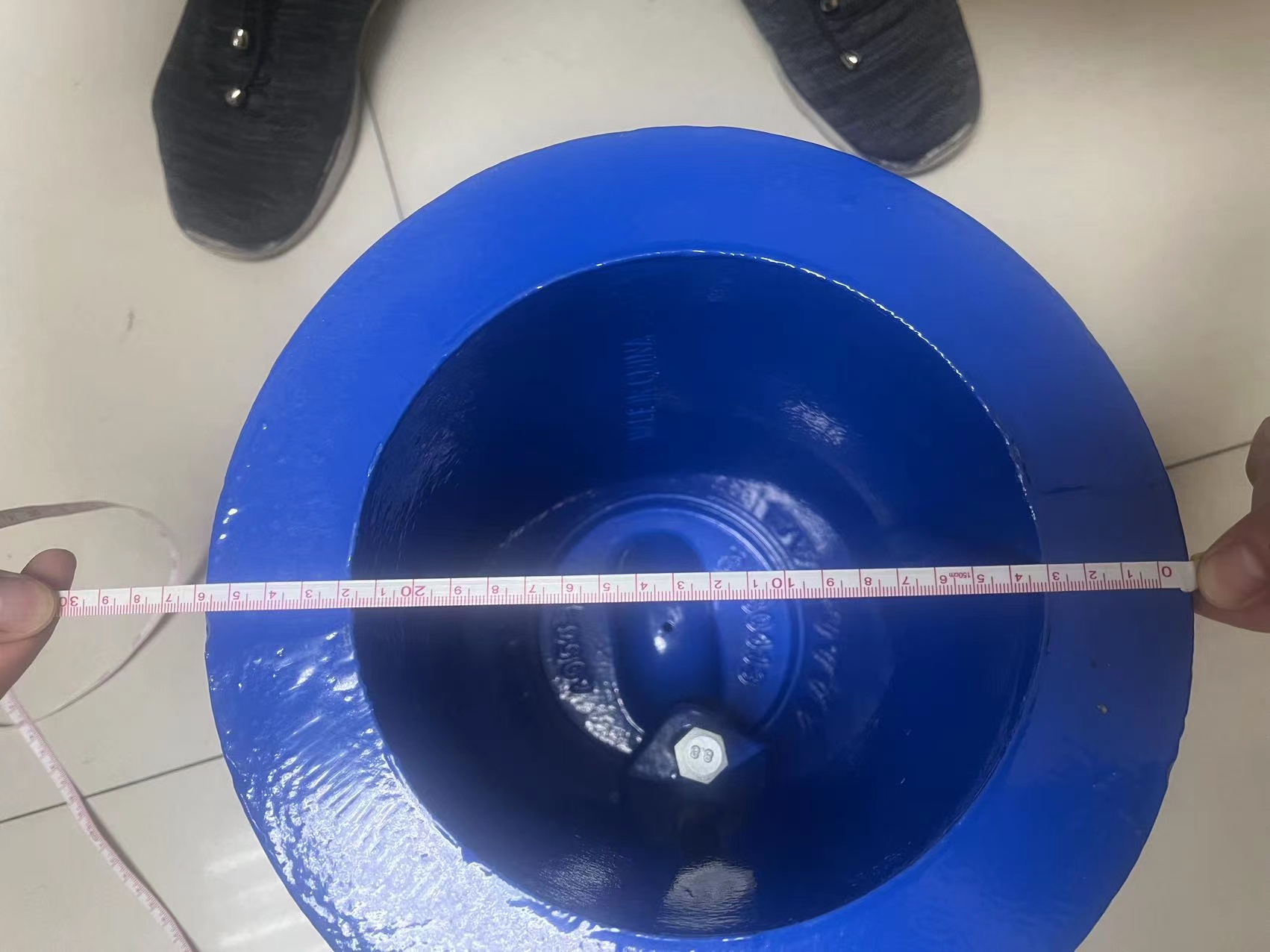Optimizing Butterfly Valves for Enhanced Fire Fighting Efficiency and Safety
The Role of Butterfly Valves in Fire Fighting Systems
In fire fighting systems, effective and reliable water flow is crucial for extinguishing fires and protecting lives and property. One often overlooked component that plays a significant role in these systems is the butterfly valve. This article explores the design, functionality, and importance of butterfly valves in fire fighting applications.
Understanding Butterfly Valves
Butterfly valves are quarter-turn valves that use a circular disc to regulate the flow of fluid through a pipe. The mechanism consists of a rotating disc mounted on a shaft, which is positioned in the center of the valve body. When the valve is turned, the disc rotates 90 degrees to either allow or block fluid flow. This simple yet efficient design makes butterfly valves favored in various applications, including fire fighting systems.
Key Features of Butterfly Valves
1. Compact Design Butterfly valves are known for their space-saving qualities. Their compact design means they can fit into tighter spaces compared to other types of valves, making them ideal for locations where space is at a premium, such as in commercial buildings or industrial plants.
2. Quick Operation The quarter-turn mechanism allows for rapid opening and closing, which is essential when every second counts in an emergency. Fire fighting systems often need to control the flow of water quickly and efficiently, and butterfly valves deliver this capability.
3. Low Pressure Drop Because the disc of a butterfly valve is relatively thin, it creates less resistance to fluid flow compared to other valve types. This results in a lower pressure drop when the valve is open, meaning fire fighting systems can maintain optimal water pressure and flow rates.
4. Durability and Reliability Butterfly valves are typically made from robust materials like ductile iron, stainless steel, or PVC, ensuring they can withstand harsh environmental conditions. Their design minimizes wear and tear, leading to a longer operational lifespan, which is critical in fire protection systems.
butterfly valve fire fighting

Applications in Fire Fighting Systems
Butterfly valves are commonly used in various components of fire fighting systems, including
- Water Supply Lines They regulate the flow of water from tanks or municipal supplies to fire hydrants and sprinkler systems. By controlling the water supply, they help ensure that adequate pressure and flow rates are maintained during an emergency.
- Fire Protection Sprinkler Systems In sprinkler systems, butterfly valves are used to manage water flow into the pipes that lead to the sprinkler heads. Their quick operation allows for rapid activation or deactivation of the sprinkler system as needed.
- Pump Control Butterfly valves are often integrated into fire pump systems to isolate pumps for maintenance or repair without disrupting the entire system. They serve as a critical control point, ensuring safety and efficiency in operations.
Ensuring Compliance and Safety
Proper installation and maintenance of butterfly valves in fire fighting systems are essential for compliance with safety regulations. Fire protection engineers must ensure that these valves are tested regularly and maintained according to industry standards to prevent failure during critical moments.
Conclusion
Butterfly valves play an instrumental role in the safety and effectiveness of fire fighting systems. Their compact design, quick operation, low pressure drop, and durability make them an ideal choice for controlling water flow in emergency situations. As fire safety regulations continue to evolve, the importance of integrating reliable components like butterfly valves into fire protection systems will only grow, further enhancing the ability to respond effectively to fires and safeguard lives and property. Investing in quality butterfly valves and ensuring their proper maintenance is not just a precaution—it's a vital aspect of fire safety management.
-
The Smarter Choice for Pedestrian AreasNewsJun.30,2025
-
The Gold Standard in Round Drain CoversNewsJun.30,2025
-
The Gold Standard in Manhole Cover SystemsNewsJun.30,2025
-
Superior Drainage Solutions with Premium Gully GratesNewsJun.30,2025
-
Superior Drainage Solutions for Global InfrastructureNewsJun.30,2025
-
Square Manhole Solutions for Modern InfrastructureNewsJun.30,2025
-
Premium Manhole Covers for Modern InfrastructureNewsJun.30,2025
